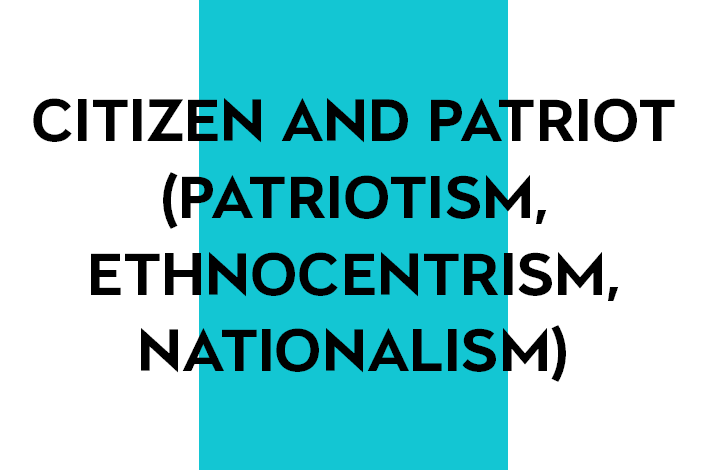
Citizen and Patriot
The Tolerance Centre's interactive multimedia programme “Civil identity of schoolchildren. I am a citizen of Russia”.
What are your feelings when a Russian sportsman wins an Olympic gold medal? What do you experience when you hear the sound of the Russian national anthem? What do you feel when you watch beautiful Russian ballet? Let's think about what a patriot is. An event for groups of schoolchildren of years 8-9 (ages 14-16).
The Tolerance Centre's interactive multimedia programme “Civil identity of schoolchildren. I am a citizen of Russia”.
What are your feelings when a Russian sportsman wins an Olympic gold medal? What do you experience when you hear the sound of the Russian national anthem? What do you feel when you watch beautiful Russian ballet? Let's think about what a patriot is. An event for groups of schoolchildren of years 8-9 (ages 14-16).
The Tolerance Centre's interactive multimedia programme for schoolchildren from years 4 to 11, catering to the social and age categories of schoolchildren.
What are your feelings when a Russian sportsman wins an Olympic gold medal? What do you experience when you hear the sound of the Russian national anthem? What do you feel when you watch beautiful Russian ballet?
Let's think about what a patriot is.
Is it somebody who:
— strives to make other states fear Russia, or one who works for the good of the country?
— stands against foreign influence, or one who admires the history and tradition of the country?
What is a patriot today, in the 21st century? Let's discuss this with the older pupils.
Aims:- Understanding the difference between patriotism and nationalism
- Accepting the values of civil patriotism
- Understanding the nature of patriotic behaviour
Duration – 1 hour 20 minute
Short description
The basic theoretical concept behind this lesson is the distinction and delimitation between two types of patriotism: 1) the chauvinist type, based on aversion towards other peoples, the struggle against foreign influence and dominance of immigrants, as well as a sense of fear of other states; and 2) the civil (or constructive) type, based upon a responsible civil position, concern for the welfare of the country and its citizens.
In the consciousness of young people, the two forms of patriotism are often not distinguished, or even reversed. Chauvinistic patriotism is often more attractive to youth and can become the soil in which extremist notions can grow.
At the start of the lesson, the scholars watch a mini-film raising the dilemma of chauvinism and civil patriotism with the examples of specific characters. There then comes a vote, taking advantage of the Tolerance Centre's interactive infrastructure. During a discussion on the results of this interactive vote, the issues are considered of what patriotism actually is, how it manifests itself and where are the boundaries separating the patriot from the nationalist.
In the training module, the participants look into the two forms of patriotism on a deeper level, gaining a sense of their differences, learning to see the possibility of displaying civil patriotism in daily life and recognising the links between patriotism and universal human values.